From essays to interviews, excerpts and reading lists, we publish around 80 features a month. And though we’re proud of each day’s offerings, we do have our personal favorites. Below are some of our favorite pieces of writing from the month at CrimeReads.

“Accidental Adventures in Private Investigation,” by Daniela Petrova
As a crime fiction fan, the job of the private eye is both familiar and elusive—rich in the imagination, but somewhat divorced from real life. Daniela Petrova’s account of her stint as a PI assistant, on the other hand, is firmly grounded in reality, and asks an unromantic question central to the practice: is a license all that separates staking out from stalking? (Turns out, it’s more about intention: if the subject feels fear, that’s stalking, but if the subject is none the wiser…that’s a stake out.) Read on for all the sneaky social media related developments in the field of private (and personal) investigation.
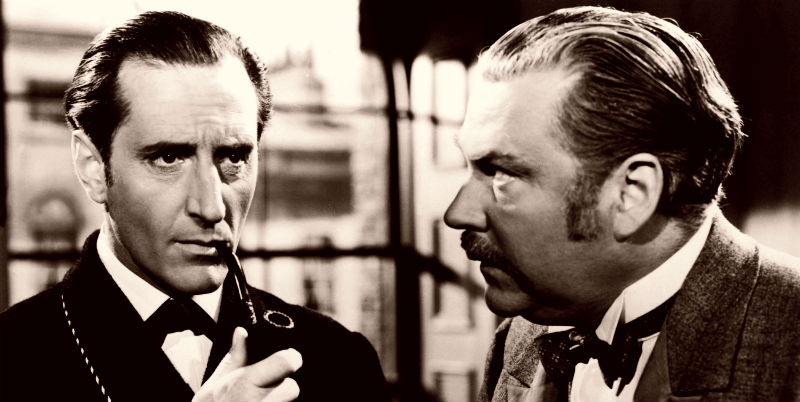
“Sherlock Holmes, Hardboiled Detective,” by Alexis Hall
Sherlock Holmes is the predecessor of—as well as the other side of the pond’s antidote to—hard-boiled detectives like Sam Spade and Philip Marlowe. But in this essay, Alexis Hall questions the long-held association between Arthur Conan Doyle and the English puzzle mystery, making the case for Holmes as a hard-boiled icon himself. She argues that “Sherlock Holmes stories represent, in their Victorian way, a sincere effort to portray the reality of crime in all of its cruelty, caprice and banality.” In 1891, in the English countryside, Holmes may not have had the meanest of streets to roam, but he roamed them nonetheless.
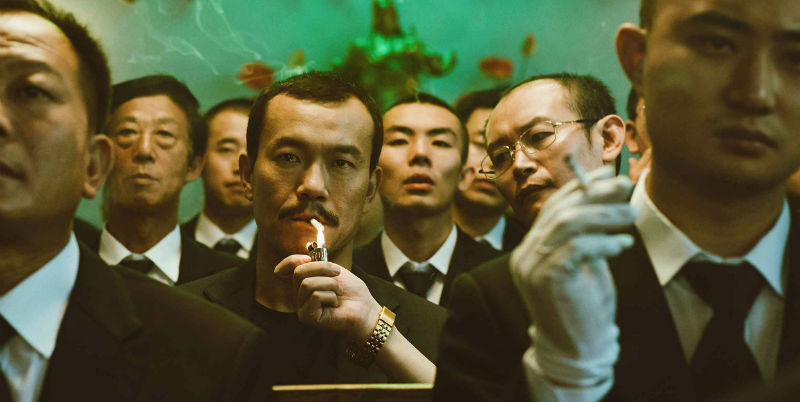
“Is China About to Witness a True Crime Wave,” by Paul French
Paul French, the man behind the Crime and the City column, has often been our guide to world literature over the last few years, but he has a special place in his heart for China, where so much of his own nonfiction is set and where he remains a popular crime writer. So it was especially interesting to get his perspective on the growth of crime storytelling in China, a place where you might think the censors would blot out the signs of social analysis/critique so central to the project of crime literature. But after a recent trip there for his own book’s release, French reports that readers are discovering a strong appetite for noir stories, and that authors and filmmakers are beginning to tell complex and resonant stories within the genre we love so much.
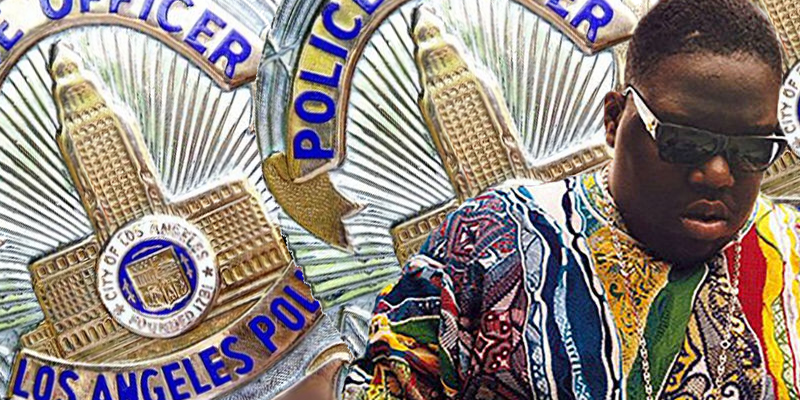
“L.A. Was Poisoned For Me”: Inside the 20-Year Coverup of the Notorious B.I.G. Murder,” by Randall Sullivan
It’s not often, as an editor or as a reader, you come across a story as powerful as this one: the murder of a cultural icon, investigated for over twenty years by a dogged reporter with sources inside the nation’s premier law enforcement outfits, a reporter who’s solving a decades-old mystery and also telling us that there has been a coverup of that murder and it implicates LAPD and the city of Los Angeles, exposing them to a wrongful death lawsuit and a moral culpability even more difficult to process. This is hard-hitting, wide-ranging, exhaustively researched crime writing at its very best, and it should change the way all of thinks about Biggie and his killers.
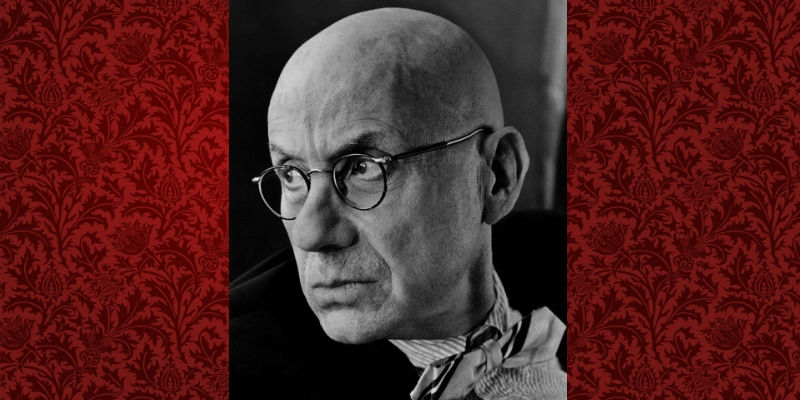
“James Ellroy Walks into a Steakhouse and Orders Clams,” by Adrian McKinty
I grinned all the way through Adrian McKinty’s account of his lunch with James Ellroy. Surprising, entertaining, razor sharp and somehow both austere and charming, Ellroy divulges some family secrets and shares a few of his favorite and most reviled things. (Don Delillo’s Libra changed his life, but he can’t stand Billy Wilder movies.) Covering a lot of unexpected territory, McKinty’s profile is one of my favorite interviews we’ve ever published—a delightful read, and a glimpse into the legendary and enigmatic crime writer.

“The Rise and Fall of the Bank Robbery Capital of the World,” by Peter Houlahan
On a personal obsession level, this is probably my favorite thing we’ve ever published on the site. If there’s one thing I go in for, it’s bank robbery culture in 1980s and 1990s California, inspired first by the strange surf noir aesthetic of Point Break, which encouraged me to go down many a rabbithole. And then I discovered Peter Houlahan’s work. His account of 1980 bank robbery and shootout in Norco, California, is one of the year’s best nonfiction books, and around the same time it was coming out, he proposed writing for us at CrimeReads a kind of cultural history of the city’s bank robbery culture. Houlahan writes: “Between 1985 and 1995 the approximately 3,500 retail bank branches in the region were hit 17,106 times.” This piece explains that strange phenomenon, how it rose, how it fell, and how it marked the city forever.
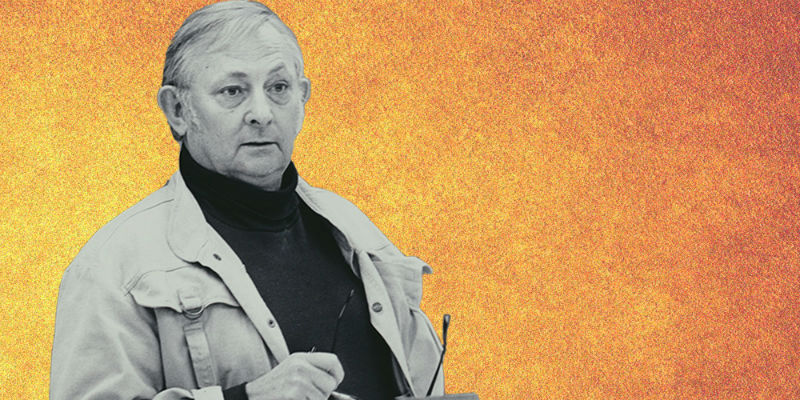
“Tony Hillerman: A Crime Reader’s Guide to the Classics,” by Neil Nyren
Every time Neil Nyren turns in a new installment of his “A Crime Reader’s Guide to the Classics” series, I more or less stop what I’m doing, read it through, start to finish, and make a new order of books. Tony Hillerman is an author I’m familiar with but haven’t read much from, maybe because of some old preconceived notions or maybe just because the world of mystery is so deep it takes some time to get around to the greats. But reading Nyren’s elegant dissection of Hillerman’s life and works made me realize that Hillerman needs to be at the very top of my to-be-read pile. Landscape, community, spirituality—all converging in a smart, incisive mystery. I’m looking forward to rediscovering this literary titan, now with Nyren’s guide showing the way.

“The Last Painting of Mary Pinchot Meyer,” by Maria Hummel
Mary Pinchot Meyer had a bizarre life, even before her as-yet-unsolved murder in the late 60s. A renowned painter of the Washington School of abstract modernism, Meyer was long-married to a CIA higher-up when the couple lost their young son to a car accident; after her marriage ended, Meyer immersed herself in painting and hippie psychology, and as a close friend and occasional lover to JFK, introduced Kennedy to some hippie s*** too (re: LSD). Soon after JFK’s assassination, Mary Pinchot Meyer’s life was also cut short by violence. Here, Maria Hummel looks into Meyer’s fascinating life – and enigmatic end.

“Art World Noir,” by Lisa Levy
The Thomas Crown Affair (1999) is one of my favorite movies of all-time, so the idea of collecting crime fiction according to its relationship to the world of art obviously appeals. Lisa Levy’s collection of “Art World Noir” has all the downtown scenesters, counterfeit charlatans, and semi-suave gallerists I could ever hope for, a list of my own personal favorites plus a few new books to discover in between viewings of Rene Russo as Catherine Banning, art insurer.

“Agatha Christie and the Case of the Unwieldy Adaptation” by Radha Vatsal
Radha Vatsal looks into the newly bloated adaptations of Agatha Christie’s work, and compares them to their tight-knit originals. While there’s nothing inherently wrong about stretching a story to fit a time slot, “the decision to add extra material to Christie’s novels isn’t always successful. At worst, it results in meandering stories that don’t hold together. At best, we get something interesting and new but that bears very little resemblance to the original.” But hey, it’s not all bad news with the modern adaptations—Poirot’s moustache is as luscious as ever!
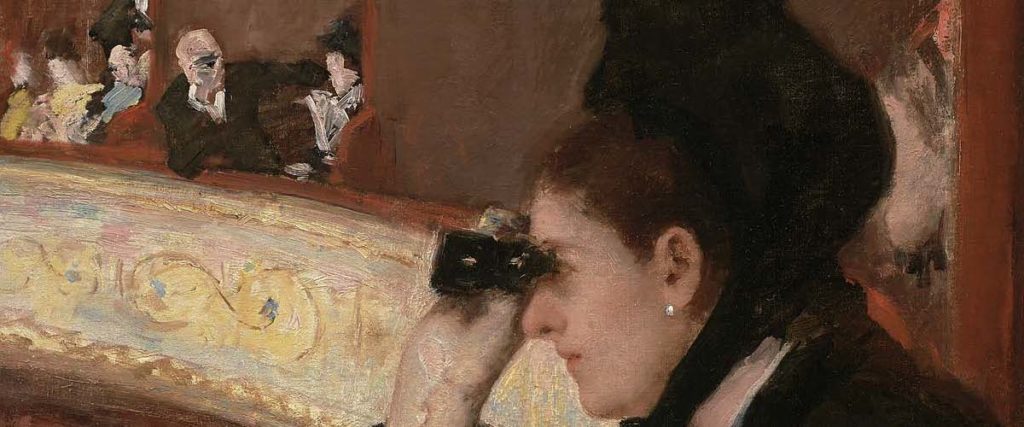
“The Class Conscious Narrator: Society’s Detective” by Barbara Bourland
Barbara Bourland’s essay on outsider narrators, societal interlopers, and other clear-sighted chameleons is as delightfully snarky as her Gilded Age inspirations. Rather than a poor attempt to paraphrase, we’ll just quote from the author herself: “Certainly there is plenty of nonfiction, biographies and autobiographies of rich lives, the literal word from the horse’s mouth, but that so often lacks the clarifying, acidic flavor of exposed hypocrisy that so many not-rich novelists are able to imbue. And we must see the lie for what it is to truly enjoy it—the misery of the supporting cast of other wealthy characters, and how bad their lives are on that nicer patch of grass, the one with the sturdiest fence around it.”

















